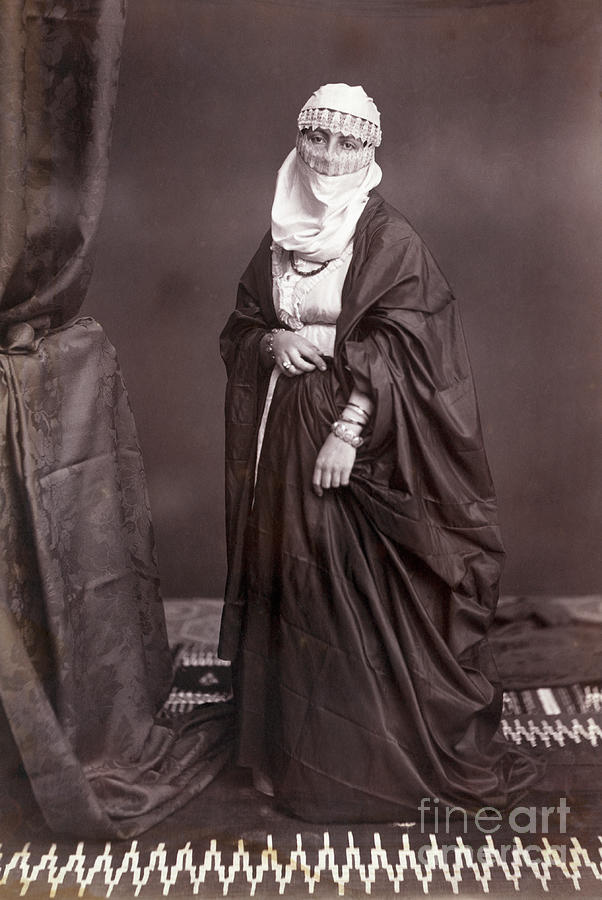Open the Secrets of Ageless Eastern Put On
Exploring the enigmatic realm of timeless Eastern wear looks into a world where creativity, culture, and history assemble to produce garments that transcend mere fabric and thread. The intricate tapestry of tradition intertwined with modern elements offers a glimpse right into a world where every stitch narrates, every theme a sign of importance. Introducing the secrets behind these creations unveils a tapestry of heritage waiting to be untangled, welcoming one to journey through the angelic appeal and mystique of Eastern style.
History of Eastern Style
The background of Eastern fashion dates back centuries, showing the abundant social heritage and traditions of diverse regions across Asia. Each area flaunts its special styles, textiles, and layouts that have been influenced by variables like environment, religion, social status, and profession paths. eastern wear pakistan. The elaborate silk garments of China symbolize style and elegance, while the lively saris of India showcase a kaleidoscope of shades and patterns.
In Japan, the bathrobe has actually been a sign of practice and refinement for generations, with various designs put on for various celebrations. The hanbok in Korea represents the nation's ingrained customs and is still used throughout crucial ceremonies. The history of Eastern fashion is a tapestry of development and custom, blending ancient experiment modern influences to produce an ever-evolving and vibrant industry. Comprehending the beginnings of these legendary garments provides understanding into the social importance and craftsmanship that continue to influence modern designers worldwide.
Value of Typical Attire
Traditional attire functions as a cultural emblem, symbolizing the values, beliefs, and heritage of areas in Eastern societies. eastern wear pakistan. These garments are not merely items of textile but are symbolic representations of the rich history and traditions passed down with generations. In Eastern cultures, conventional clothes plays a considerable function in ceremonies, celebrations, and day-to-day life, showing the social standing, local associations, and even marital status of people
The significance of typical clothing goes past visual appeals; it is a method for individuals to attach with their origins and reveal pride in their social identification. Each garment, from the complex sarees of India to the streaming hanboks of Korea, carries with it a story of workmanship, symbolism, and significance that is deeply deep-rooted in the material of society.
Furthermore, conventional attire functions as a visual language, connecting tales of durability, unity, and accomplishment. By putting on these garments, individuals not just honor their heritage but additionally add to the conservation and party of their cultural legacy.
Evolution of Eastern Embroideries
Eastern embroideries have an abundant background that extends centuries and have constantly progressed to include diverse social influences and respond to shifting creative patterns. The advancement of Eastern embroideries can be mapped back to ancient human beings where elaborate layouts were hand-stitched onto fabrics using conventional methods.

Today, Eastern embroideries continue to evolve, blending conventional workmanship with modern-day layout perceptiveness to develop ageless pieces that commemorate the beauty of multiculturalism and imaginative technology.
Luxurious Fabrics in Eastern Wear
Luxurious textiles play a crucial function in elevating the visual appeal and high quality of Eastern wear, enhancing the total allure and refinement of traditional garments. Eastern wear is renowned you can look here for its opulent materials that not only show the region's rich cultural heritage but also symbolize beauty and poise.
In enhancement to silk, fabrics like velvet, chiffon, and brocade are also frequently featured in Eastern wear. These luxurious fabrics not only raise the aesthetic charm of Eastern wear yet also guarantee a sense of refinement and class that transcends time.
Incorporating Eastern Style Today
In contemporary fashion landscapes, the integration of Eastern influences presents an unified blend of social heritage and modern-day aesthetic appeals. Developers and fashion lovers alike are welcoming the abundant tapestry of Eastern style, including standard components into modern silhouettes and designs. From detailed needlework to vibrant colors and elegant fabrics, Eastern style today uses a diverse variety of options that accommodate an international target market.
One means Eastern fashion is making its mark in contemporary closets is via the adjustment of standard garments such as the robe, saree, or qipao into day-to-day wear. These items, once reserved for special celebrations, are now reimagined in more informal kinds, permitting their consolidation into day-to-day style options. Additionally, the use of typical patterns and themes in Western-style clothes adds a touch of unique beauty to modern clothing.

Verdict
Finally, checking out the rich background, importance, and advancement of Eastern fashion unveils a deep-rooted connection to heritage and worths. The lavish fabrics and intricate needleworks moved here of Eastern wear display the versatility and eternity of typical layouts. Incorporating Eastern affects in contemporary style enables a combination of tradition and innovation, producing a harmonious equilibrium in between the past and today.
Lavish textiles play a crucial function in boosting the aesthetic charm and top quality of Eastern wear, improving the total allure and refinement of conventional garments. Developers and fashion enthusiasts alike are accepting the abundant tapestry of Eastern fashion, integrating typical elements into modern-day silhouettes and styles. From intricate embroidery to dynamic colors and elegant textiles, Eastern style today provides a varied array of alternatives that cater to a worldwide target market.
One means Eastern fashion is making its mark in contemporary closets is with the adjustment of traditional garments such as the kimono, saree, or qipao into daily wear. The lavish materials and complex needleworks of Eastern put on showcase the adaptability Read Full Article and timelessness of conventional styles.